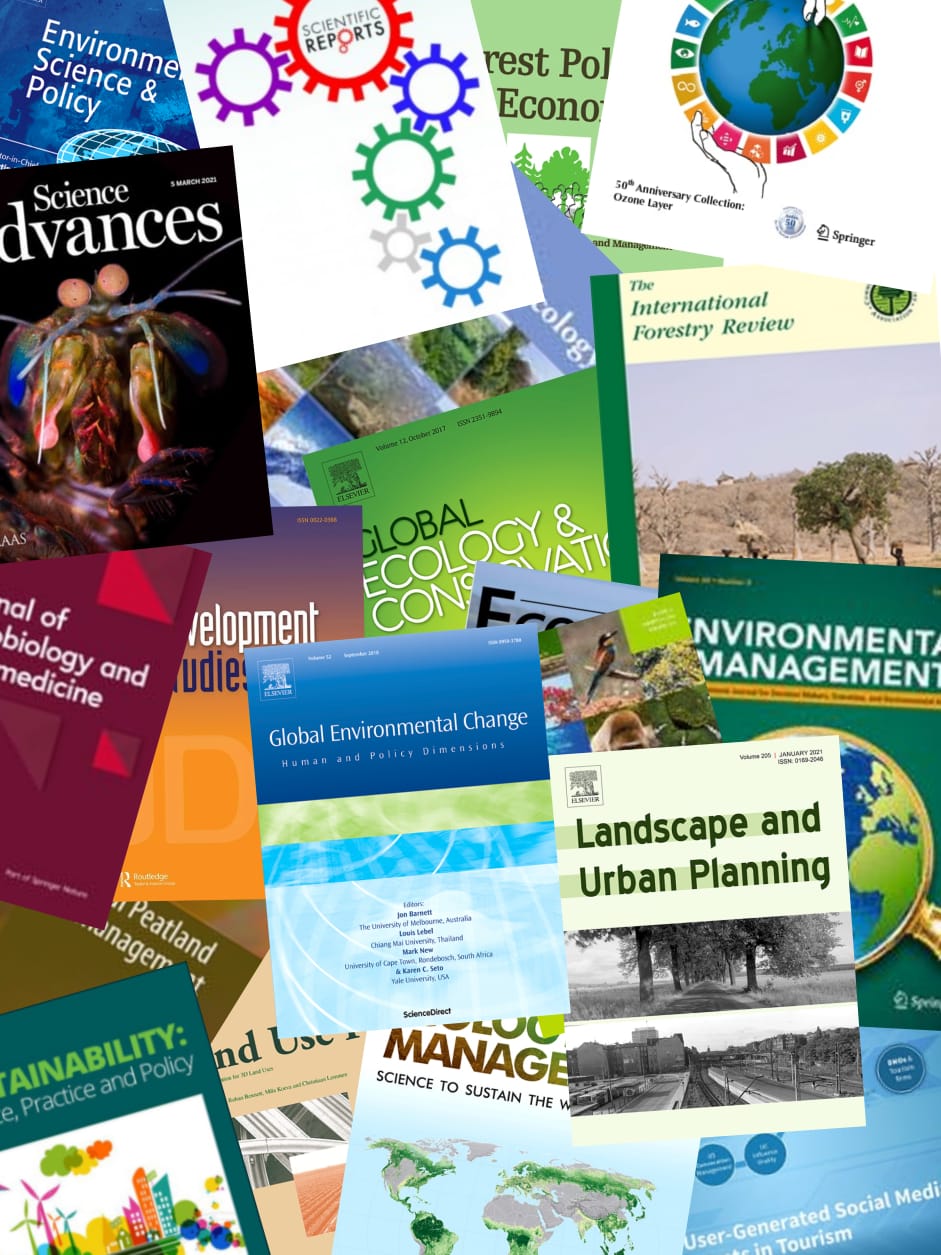Currently, peatland degradation continues due to drainage for industrial plants (Oil palm and Acacia), so their productivity continues to decline and rural communities are very dependent on peatlands, hence the poverty problem in rural areas remains unresolved. Due to a lack of government policies that adequately recognize the benefits and functions of peatland ecosystems, it seems that the government is adopting a hierarchical and structured approach to planning and permitting peatland degradation, which is contingent upon the growth of rural economic development within these communities. This research aims to analyze the relationship between peatland degradation and rural poverty in peatland restoration development scenarios. This research was conducted between 2020 and 2023 in South Sumatra, Indonesia and the data collected was analyzed using qualitative methods. The real facts indicated that government policies were more in favor of large investors (not rural communities). In these circumstances, rural communities typically operated by the tenet of first come, first served, making illicit logging and slash-and-burn farming acceptable forms of livelihood. Therefore, in this research compiling concepts and linkages of agricultural land degradation and rural poverty is the way to solve the problems. The government needs to restore them utilizing three key development scenarios, namely revegetation;
View source

